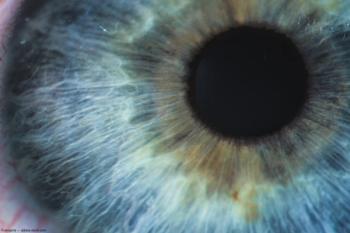
Investigators at Shandong Normal University in China discovered that ciliary disassembly in photoreceptors is a significant event in the pathogenesis of retinal degeneration.

Investigators at Shandong Normal University in China discovered that ciliary disassembly in photoreceptors is a significant event in the pathogenesis of retinal degeneration.
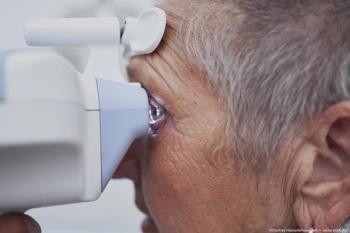
According to the company, additional data from its Phase 2 ARCHER trial showed both vision protection in standard and low light conditions, and structural protection in regions of the eye key for visual acuity.

The service expands ophthalmological capabilities and enables providers to deliver the gift of sight to patients with complex retinal conditions in Harlem.

Researchers at National Taiwan University Hospital concluded that significant differences were observed in visual acuity, refractive state and myopia rate between patients with inherited retinal disease and the general population.

The company is developing ixoberogene soroparvovec, its clinical-stage gene therapy product candidate, for the treatment of wet AMD.
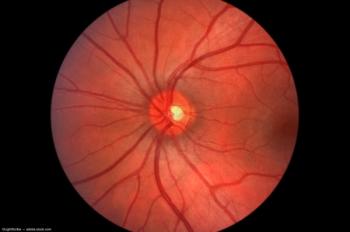
According to the researchers, the findings suggest drusen formation is a downstream effect of AKT2-related lysosome dysfunction and points to a new target for therapeutic intervention.
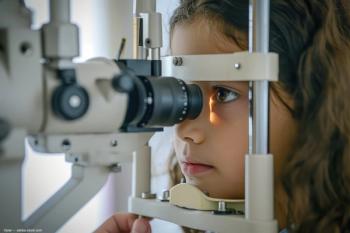
According to the company, VCN-01, its lead product candidate, is a systemic, selective, stroma-degrading oncolytic adenovirus. The FDA had previously granted orphan drug designation to VCN-01 for treatment of retinoblastoma.
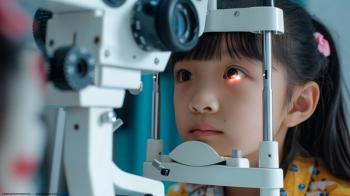
Prevent Blindness provides opportunities for awareness and action in support of new legislation to provide much-needed funding for children’s vision programs in the United States.
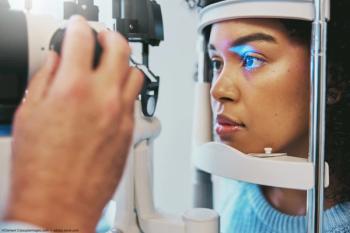
In a study, a team of researchers with the OhioHealth Grant Medical Center Family Medicine practice implemented diabetic retinopathy screening using in-clinic retinal photographs and automated software analysis to increase screening rates.
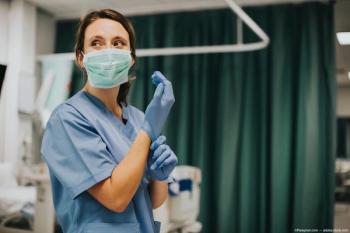
The retrospective study was conducted at King Khaled Eye Specialist Hospital (KKESH), in Riyadh, Saudi Arabia, to review the impact of the COVID-19 pandemic on the training program by comparing the years 2018 and 2019 before the pandemic to 2020 and 2021 after the pandemic.
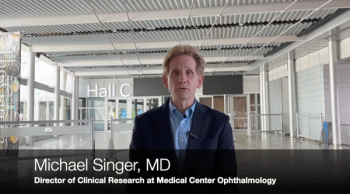
Michael Singer, MD, presented 100-week results from the RESTORE trial and shares key takeaways from his presentation at this year's American Society of Retina Specialists (ASRS) meeting.

According to the company, OCU410 utilizes an adeno-associated virus platform for the retinal delivery of the RORA gene.
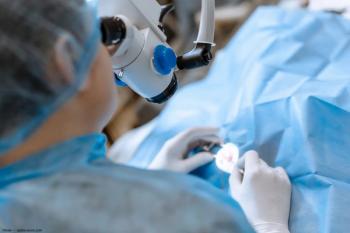
According to the company, its implantable miniature telescope is a Galilean intraocular telescope designed to improve visual acuity and quality of life for patients with late-stage AMD.

AG-73305 is bi-specific, with anti-VEGF and anti-integrin. The dual mechanism of action has provided some interesting results.

The organization is poised to lobby for an indefinite extension of Medicare reimbursement for telemedicine services and fight the December 31, 2024, sunset date when Medicare plans to cease reimbursement for these services.

Riaz Qureshi, PhD, explains the effects of spin sneaking into systematic reviews and ways the scientific community can better identify it to improve the validity.

A new analysis by researchers at the National Institutes of Health shows the benefit of taking AREDS2 formula in late AMD.

Data in early-stage patients was presented at 42nd American Society of Retina Specialists Annual Scientific Meeting, being held in Stockholm, Sweden.
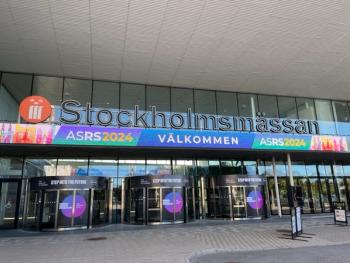
The 2-year Phase III data presented at the American Society of Retina Specialists 2024 in Stockholm, Sweden, show Susvimo’s potential as an alternative to eye injections to treat diabetic macular edema and diabetic retinopathy.

The company’s Spectralis OCTA module with SHIFT technology offers a tool for the diagnoses and management of retinal diseases.

EyeBio is developing a pipeline of clinical and preclinical candidates for the prevention and treatment of vision loss associated with retinal vascular leakage.

Researchers from the UKB Eye Clinic, in cooperation with the University of Bonn and in close collaboration with basic and clinical scientists, have examined patients with early forms of AMD. The researchers focused on the so-called iRORA lesions, which are very early anatomical signs of retinal damage.

Researchers, led by Shigemi Matsuyama, PhD, will conduct research seeking a potential breakthrough drug that can be taken orally—one that may address many RP disease manifestations, regardless of the underlying genetic mutation.

The companies are teaming up to reduce care gaps and improve eye and vision health by bringing diabetic retinopathy and other eye disease screening services to patients in their own homes and workplaces.

Ophthalmologist receives the Roger Steinert, MD, Legacy Award during the Octane Ophthalmology Tech Forum in Irvine, California.
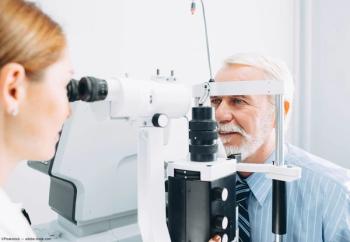
A team of researchers at the Ohio State University found that in mice an enzyme related to cell growth and division is a culprit in the blood vessel invasion in the back of the eye that causes blurred central vision in wet AMD.

The company announced it has received FDA approval to relaunch Susvimo for intravitreal use via an ocular implant for treating people with wet AMD.
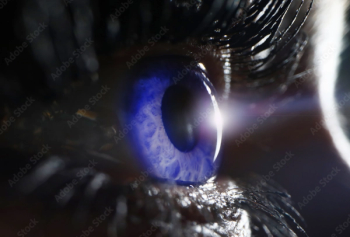
According to Genentech, faricimab-svoa is the first and only syringe prefilled with an FDA-approved bispecific antibody for the treatment of wet AMD, DME and RVO.

VUMC noted that the diagnosis of diabetes and treatment needed to prevent diabetes complications may be delayed in people who carry the variant, G6PDdef.

According to the company, the acquisition includes 2 commercial assets Iluvien and Yutiq, expanding ANI’s foothold in ophthalmology.